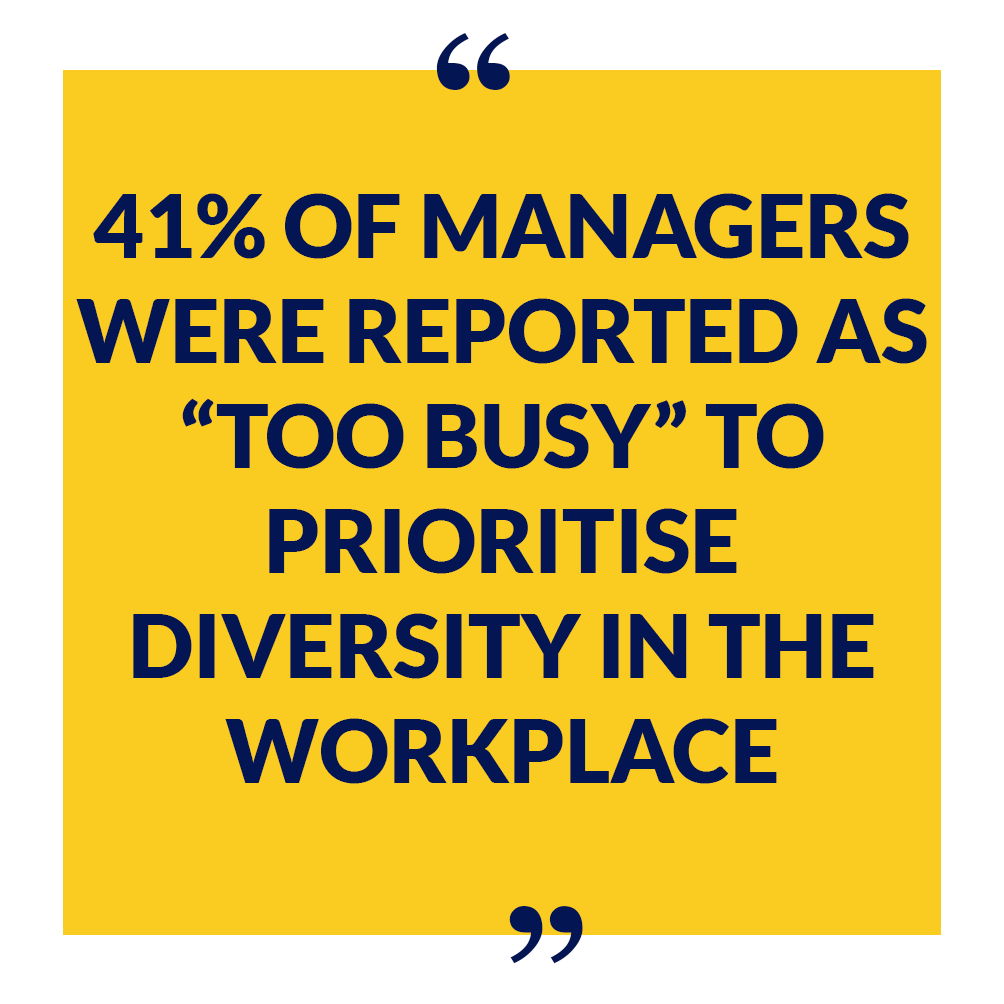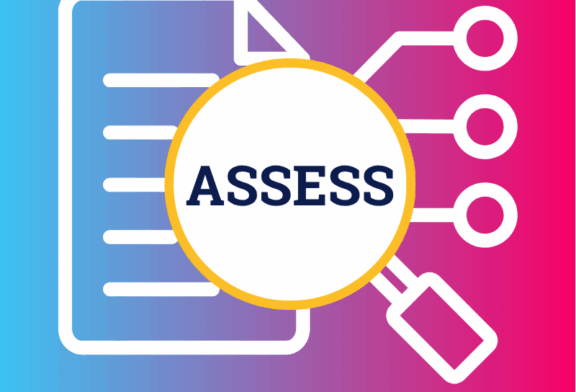The phrase “diversity and inclusion policy” can be buzz words around this time of the year, with companies adopting processes in an attempt to stay meaningful.
Unfortunately, only 57% of employees think their company should be doing more to increase diversity among its workforce, Don’t let your business fall into the same category.
What does a diversity and inclusion policy actually mean?
Workplace diversity is understanding, accepting, and valuing the differences between people. Different races, ethnicities, genders, ages, religions, disabilities, and sexual orientations. Inclusion is a collaborative, supportive, and respectful environment that increases the participation and contribution of all employees. A culture that is positive and productive. A good diversity and inclusion strategy shouldn’t stop at just attracting diverse employees. Without the appropriate processes in place or ongoing support, after the hiring process, your employees will eventually leave. To successfully exhibit a culture that embodies a diverse & inclusive culture, you must include these components:
- Recognition
- Trust
- An intercultural point of view,
And in order to truly embody this, your diversity & inclusion policy shouldn’t be a document that once created, is left to only be viewed as part of an onboarding process or to fulfil a box-ticking exercise. It is something that needs to be demonstrated daily, adopted at every part of the company process and communicated appropriately to your wider team.
Workplace diversity is far more than just a moral issue. Organisations have the opportunity to harness the differences in people to help them become more successful, more innovative, more skilled and better able to cater to their diverse clients’ needs.
Here are four ways you can ensure your D&I policy is prioritised and brings real value to your company.

Imperative employee engagement
In order for Diversity & Inclusion to be an integral part of your company’s values, you must encourage a “speak-up” culture within your team and provide the tools necessary for team members to take advantage of this.
The easiest way to do this? Develop an open culture with good communication channels based on open dialogue and active listening. This can be facilitated in your team by ensuring there are communication tools in place to facilitate conversation. The absence of an office location has meant that team members have regularly felt disconnected over the past year. Isolation is a familiar feeling to many marginalised individuals. By supplying an informal “water cooler” channel for chat, or arranging regular social activities, you can guarantee you are keeping all team members connected. Creating an environment where communication is encouraged and providing an inclusive, safer work setting.
Culture isn’t just about aligning your company’s core values with the workforce; a strong culture should also encourage communication and engagement between workers in a way that transcends work goals and objectives. Engagement cultivates a sense of belonging which in turn can help with opening up or having difficult conversations when necessary.

Leaders should lead by example
Real diversity and inclusion outcomes are very reliant on your leadership teams, their leading styles and their ability to consistently demonstrate the values your company wishes to embody.
To ensure your leadership teams are a true example of your diversity & inclusion policy you can implement two-way performance management processes. Regular 1-2-1 meetings and check-ins should be a central component of your performance management practices, especially when addressing marginalised voices. You can do this by having each leader plan out how diversity & inclusion are applicable to your business and your culture. Displaying their true understanding of your policies and then seeing they get feedback on whether this is evidenced in their leadership style and behaviour at work.
In 2020 41% of managers were reported as “too busy to prioritise diversity in the workplace”. In order to embed a culture that prioritises these aspects of your culture and places value on continuous feedback, your team requires unique feedback mechanisms. Such systems can help to improve employee satisfaction and retention, so you should utilise your performance management system, or software, to make sure regular 1-2-1s, check-ins and other methods of feedback are regularly carried out. Completing monthly, or quarterly, reports will help keep track of everyone’s progress and will encourage feelings of trust within your team. Once company practices show employee engagement, you will start to see true inclusion between your team.

Documenting and demonstrating your values
Whilst it’s imperative that leaders and line managers role-model inclusive behaviour, for a workplace to be truly inclusive, all employees need to be clear on what is expected of them.
A company’s culture lets employees know “how things are done around here”, but workforces split across remote locations can often struggle to identify clearly with what “around here” actually means. These principles need to be clearly highlighted across your digital communication platforms in order to encourage behaviours that align with those core values.
Facilitating inclusion so it’s not just a ‘programme’ or as ‘resources’ will mean embedding diversity into your company culture and business operations. It is a reminder to team members that a diversity & inclusion policy is not just an HR concern.
Tailoring the design aesthetics of your performance management software, so that it’s core messaging is built into the daily lives of your remote workers, is the first step towards firmly embedding your culture into their mindset. By using your company’s branding and slogans across digital platforms, remote employees are reminded of the core values each time they log on to work.
Updating the outdated
Values are no use to your company if there are still processes in place that contradict them,
According to Deloitte, 67% of job seekers use diversity as an important factor when considering companies and job offers. And if your company is to attract and retain top talent, you can’t afford to overlook where you are falling short in regards to inclusion.
You can ensure that diversity and representation are included across all employee levels by looking to…
- Using gender neutral pronouns such as “they” in all official documents and policies
- Providing all-gender bathrooms on-site
- Providing a nursing lounge for working moms
- Sharing wellbeing resources and information on activities such as meditation
- Accommodating break-out areas where employees can de-stress and disconnect
Trust is at the core of any diversity & inclusion policy. In order to build the closeness and co-operation needed between and within groups, a culture that recognises diversity needs to be present. When diversity and inclusion translate across all parts of the workplace, employees feel accepted, recognised and valued. As the result, employees feel more satisfied and begin to invest in their employers.
Ensuring safer working environments for all employees
Ultimately if your organisation is committed to taking action on feedback, ensuring appropriate channels for employees’ voices are available and focusing on fairness, inclusion and transparency; you’re already on the right path to combating the influence of conscious and unconscious biases. Meaning you can focus on establishing merit, competence and potential as the basis for all decisions around recruitment and development. Resulting in a pretty successful, diverse and inclusive company culture.





